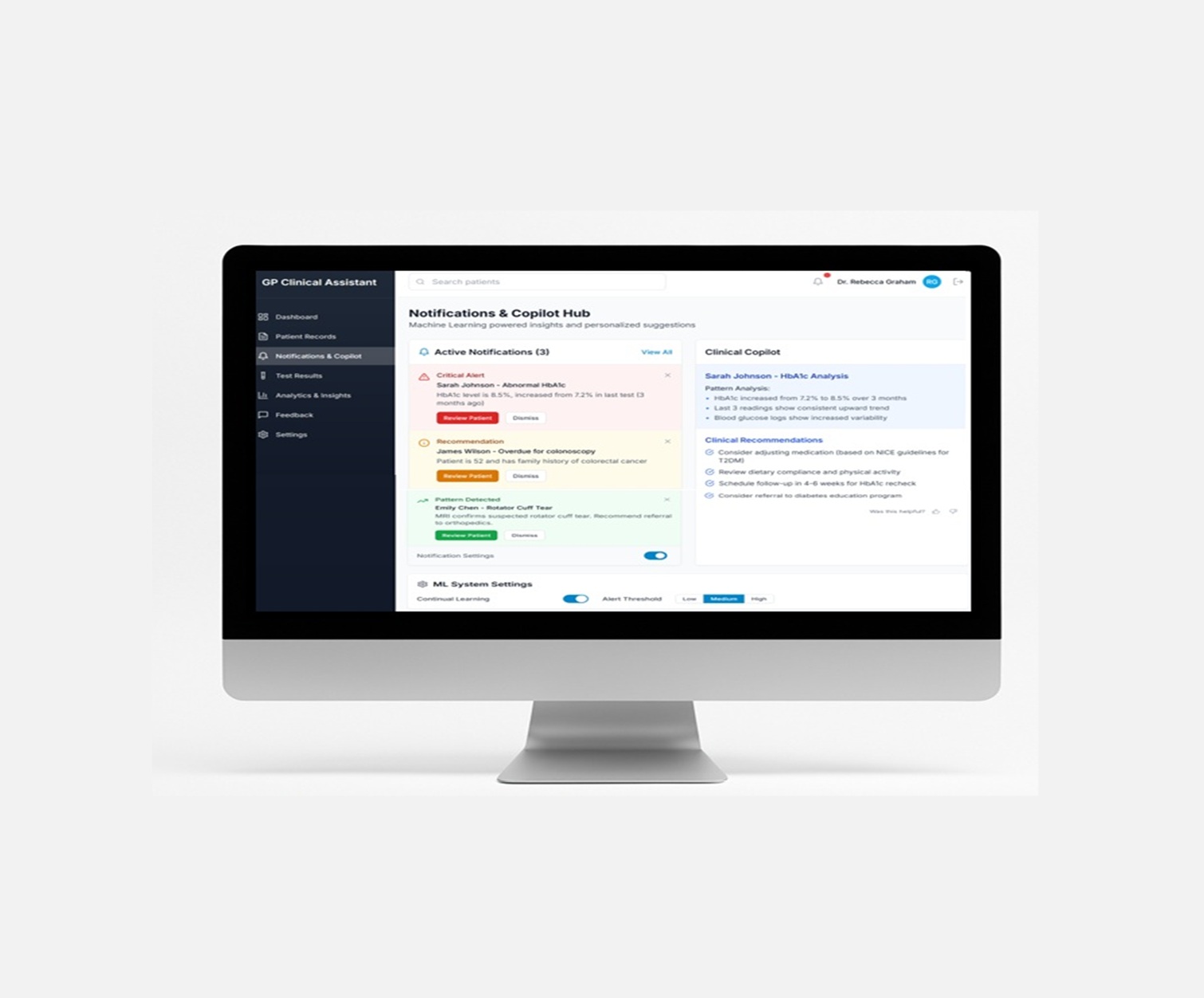Hypertension (high blood pressure) is the most prevalent modifiable risk factor for cardiovascular disease worldwide. It contributes significantly to heart attacks, stroke, chronic kidney disease, and heart failure. Despite its impact, hypertension is frequently underdiagnosed and undertreated in primary care.
In Ireland, nearly 1 in 3 adults has high blood pressure, yet an estimated 50% are unaware of their condition. In the UK, over 14 million people are affected, with similar gaps in diagnosis and management. As many as 1 in 3 diagnosed patients do not achieve adequate blood pressure control.
Hypertension is influenced by a combination of genetic, environmental, and lifestyle factors. Common risk factors include:
Diagnosis requires repeated elevated readings (typically >140/90 mmHg in clinic settings) or use of ambulatory blood pressure monitoring (ABPM) for confirmation. White-coat hypertension and masked hypertension complicate the diagnostic process, making out-of-office measurements increasingly important.
Uncontrolled hypertension increases the risk of:
The World Health Organization estimates that hypertension contributes to more than 7.5 million deaths globally each year — about 12.8% of total deaths.
First-line treatment includes lifestyle modification:
Pharmacological treatment typically starts with:
National guidelines recommend a treatment goal of <140/90 mmHg for most patients, with stricter targets (<130/80 mmHg) for those at high cardiovascular risk.
Despite the availability of effective treatments, many patients remain undiagnosed or inadequately controlled due to:
Improving hypertension detection and control in primary care requires:
Hypertension is a silent but preventable contributor to some of the most serious health conditions seen in primary care. Strengthening early identification and sustained control of blood pressure can yield significant population-level health benefits.
Primary care remains the most strategic setting for improvement — but it needs the right tools, time, and systems to act early and consistently.

Sign up to get early access and see how it works — before we go live.

“Follow the copywriting outline on every page. We made it ourselves, it’s battle-tested and you can be confident that it converts.”
Main benefit
Briefly expand on how this benefit will help your customers.
Second benefit
Briefly expand on how this benefit will help your customers.
Third benefit
Briefly expand on how this benefit will help your customers.